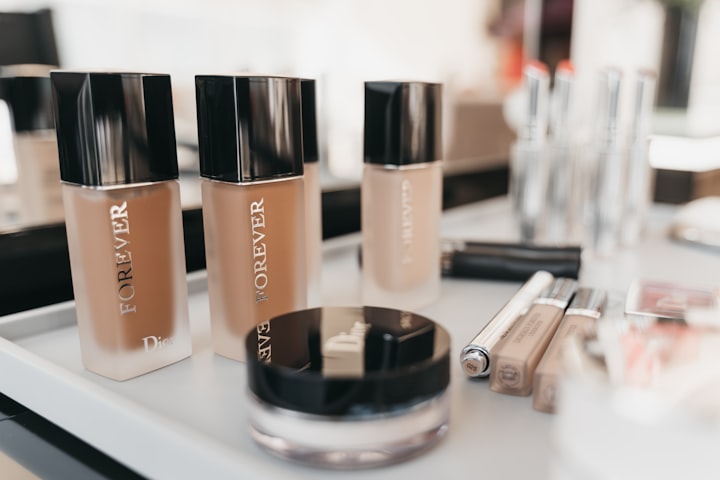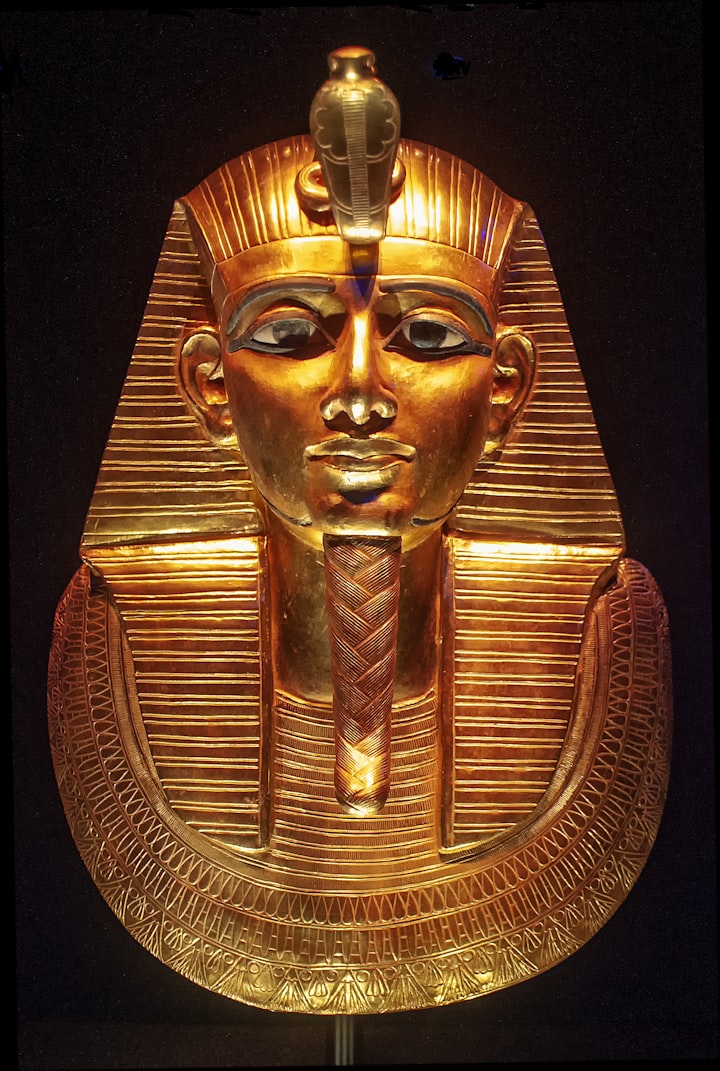How to Find Your Perfect Foundation Shade and Formula
A Comprehensive Guide to Discovering Your Ideal Foundation Shade and Formula

Finding your perfect foundation shade and formula can be a daunting task, especially with so many options available in the market. How do you know which one will suit your skin type, undertone, and personal preference? In this article, we will guide you through the steps to find your ideal foundation match and share some tips and tricks to make the process easier and more fun.
Step 1: Determine your skin type
The first thing you need to know before choosing a foundation is your skin type. Different skin types have different needs and challenges when it comes to makeup. For example, if you have oily skin, you might want to look for a foundation that is oil-free, mattifying, and long-wearing. If you have dry skin, you might prefer a foundation that is hydrating, dewy, and nourishing. If you have combination skin, you might need to use different foundations for different areas of your face or mix and match formulas to achieve a balanced result.
To determine your skin type, you can do a simple test at home. Wash your face with a gentle cleanser and pat it dry. Wait for about an hour and then observe how your skin feels and looks. If your skin feels tight, flaky, or rough, you have dry skin. If your skin feels greasy, shiny, or slick, you have oily skin. If your skin feels normal or slightly oily in some areas and dry in others, you have combination skin. If your skin feels smooth, soft, and balanced, you have normal skin.
Step 2: Determine your undertone
The next thing you need to know is your undertone, which is the subtle hue that shows through your skin. Your undertone can be warm, cool, or neutral. Knowing your undertone will help you choose a foundation that matches your natural coloring and enhances your complexion.
To determine your undertone, you can use several methods. One of them is to look at the veins on your wrist. If they appear blue or purple, you have a cool undertone. If they appear green or olive, you have a warm undertone. If they appear blue-green or hard to tell, you have a neutral undertone.
Another method is to observe how your skin reacts to the sun. If you tend to burn easily and rarely tan, you have a cool undertone. If you tend to tan easily and rarely burn, you have a warm undertone. If you tan moderately and sometimes burn, you have a neutral undertone.
A third method is to compare how different colors look on you. If you look better in silver jewelry, white clothing, and blue-based colors like pink, purple, or blue, you have a cool undertone. If you look better in gold jewelry, cream clothing, and yellow-based colors like orange, coral, or yellow, you have a warm undertone. If you look good in both silver and gold jewelry, both white and cream clothing, and both blue-based and yellow-based colors, you have a neutral undertone.
Step 3: Choose your shade
Once you know your skin type and undertone, you can start looking for your perfect foundation shade. The best way to do this is to test the foundation on your jawline or neck in natural light. The foundation should blend seamlessly with your skin tone and not create any harsh lines or contrast. You might need to try several shades before finding the one that matches you best.
If possible, ask for samples or testers of the foundations that interest you and wear them for a few hours to see how they look on your skin throughout the day. Some foundations might oxidize or change color over time due to exposure to air or oil production. You want to make sure that the foundation stays true to its original shade and does not turn orange or gray on your skin.
Another tip is to use online tools or apps that can help you find your foundation shade based on your existing products or photos of yourself. For example, some brands offer online shade finders that allow you to input the name of a foundation that matches you well from another brand and get recommendations for their products that are similar in color and formula. Some apps also allow you to upload a selfie of yourself and scan it for your skin tone and undertone and then suggest foundations that match your complexion.
Step 4: Choose your formula
The last step is to choose the formula of your foundation based on your skin type and desired finish. There are many types of foundations available in the market today such as liquid, cream, powder, stick, cushion, serum, tinted moisturizer, BB cream, CC cream, and more. Each one has its own advantages and disadvantages and can create different effects on your skin.
Here are some general guidelines for choosing the right formula for your skin type and preference:
- If you have oily skin, you might want to opt for a liquid, powder, or stick foundation that is oil-free, mattifying, and long-wearing. These foundations can help control excess oil and shine and prevent your makeup from sliding off or caking up. You might also want to use a primer and a setting powder or spray to extend the wear time and improve the appearance of your foundation.
- If you have dry skin, you might want to choose a cream, cushion, serum, tinted moisturizer, BB cream, or CC cream foundation that is hydrating, dewy, and nourishing. These foundations can help moisturize and plump up your skin and give it a healthy glow. You might also want to use a moisturizer and a hydrating spray to prep your skin and refresh your makeup throughout the day.
- If you have combination skin, you might want to mix and match different formulas for different areas of your face or use a foundation that is suitable for all skin types. For example, you can use a liquid or cream foundation for your dry areas and a powder or stick foundation for your oily areas. Or you can use a foundation that is oil-free but also hydrating and has a natural or satin finish. You might also want to use a primer and a setting powder or spray to balance your skin and make your makeup last longer.
- If you have normal skin, you can use any formula that suits your preference and desired finish. You can choose from matte, natural, satin, dewy, or luminous finishes depending on the look you want to achieve. You can also experiment with different formulas and textures to create different effects on your skin.
Conclusion
Finding your perfect foundation shade and formula can be a fun and rewarding experience if you follow these steps and tips. Remember to always test the foundation on your jawline or neck in natural light, know your skin type and undertone, use online tools or apps to help you find your match, and choose the formula that works best for your skin and preference. With some trial and error, you will soon find the foundation that makes you look flawless and feel confident.
About the Creator
Ameer Muavia
I turn words into magic: As a content writer, I have a way with words that brings your brand to life. Let's make some magic together.






Comments
There are no comments for this story
Be the first to respond and start the conversation.